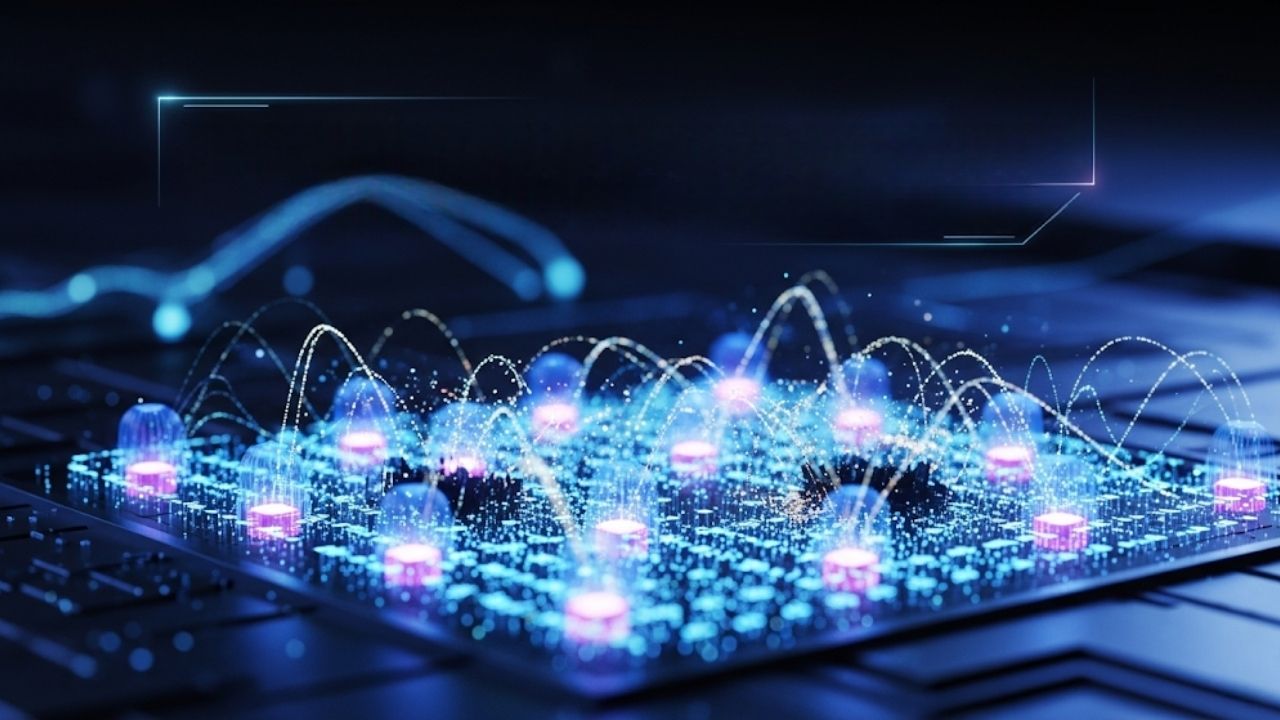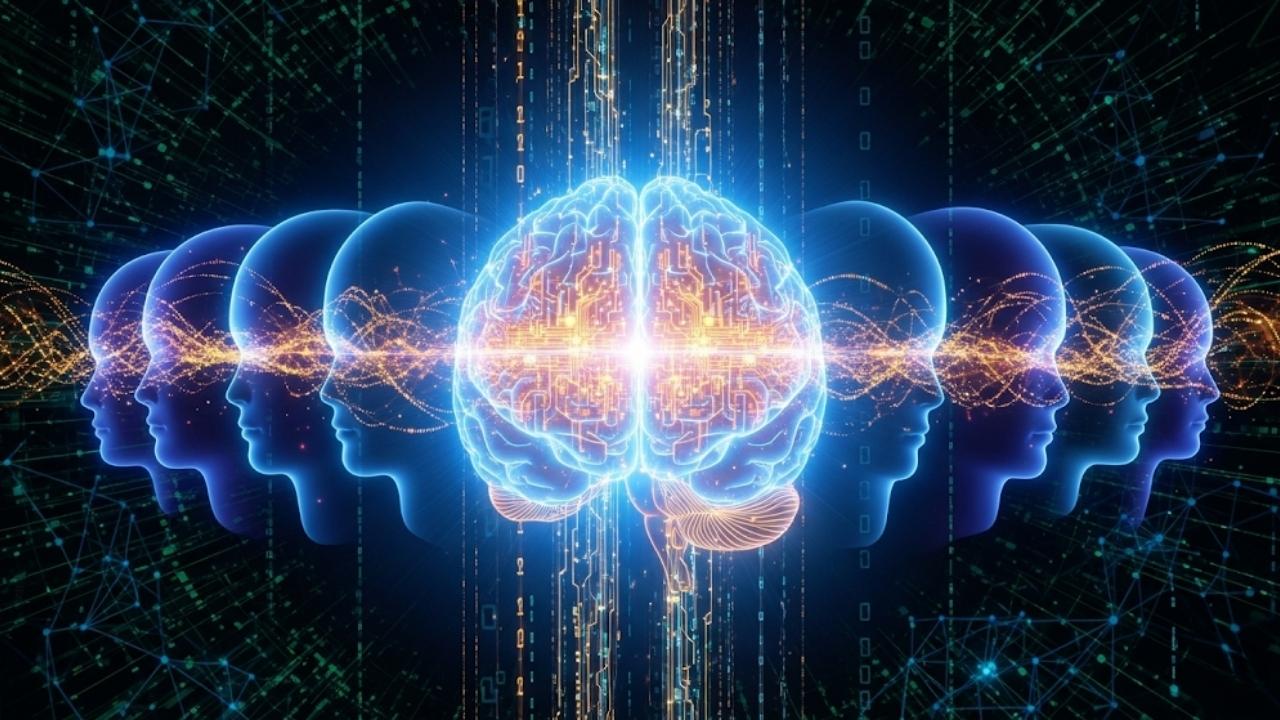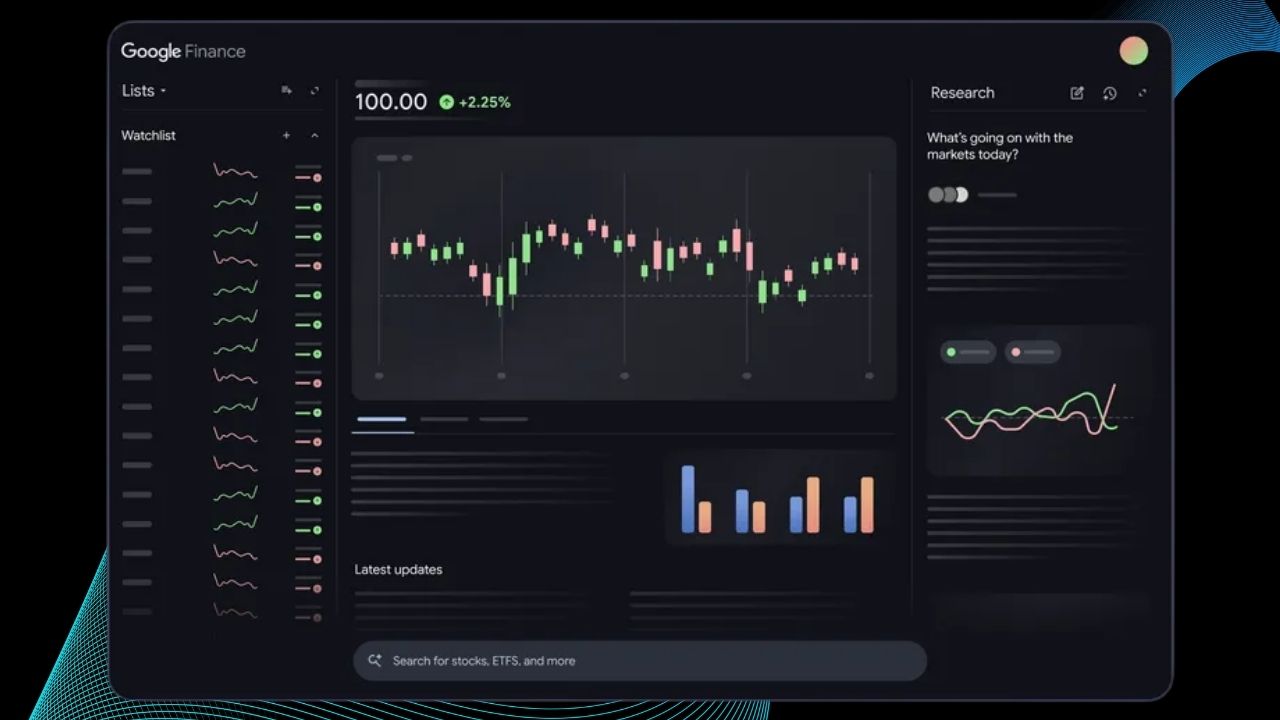Quantum mechanics powers the world’s most random number generator, known as the Quantum Random Number Generator (QRNG), and it’s revolutionizing the way we secure data, conduct scientific research, and build the digital infrastructure of tomorrow. In a world where randomness is the backbone of everything from secure banking to national defense, QRNGs offer a leap forward in security, trust, and technological innovation.
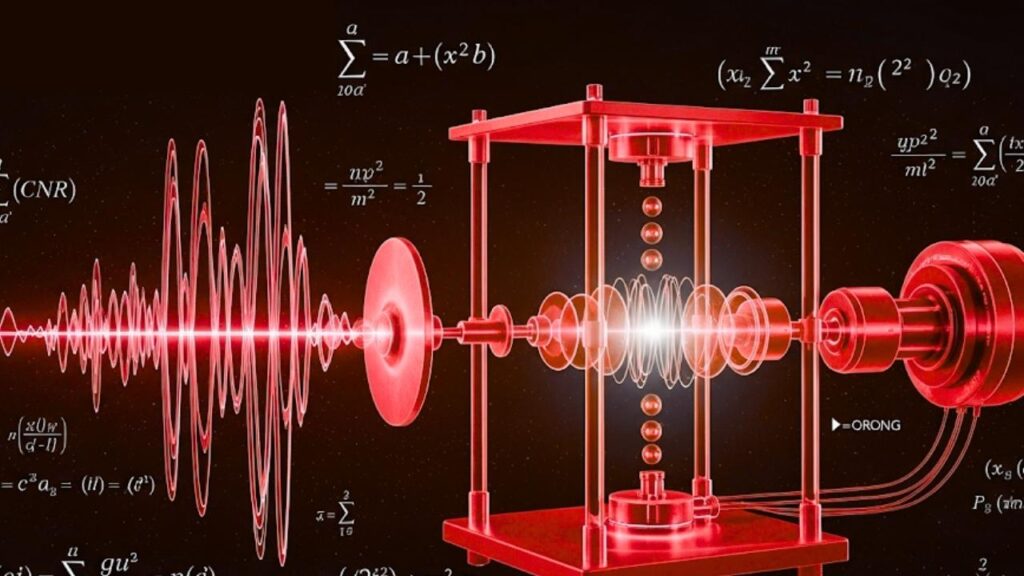
But what exactly makes these quantum-powered devices so unique? Why are experts, governments, and technology leaders turning to QRNGs for the most critical digital tasks? This article provides a comprehensive guide to the science, technology, and real-world impact of QRNGs—explained in a way that’s clear for everyone, from curious young learners to seasoned professionals.
Quantum Mechanics Powers World’s Most Random Number Generator
| Feature/Stat | Details |
|---|---|
| What is a QRNG? | A device that uses quantum mechanics to generate truly random numbers. |
| How does it work? | Measures unpredictable quantum events, like photon arrival times, to produce unbiased random numbers. |
| Why is it important? | Essential for cybersecurity, cryptography, scientific simulations, and fair gaming. |
| Speed | Modern QRNGs can generate random numbers at rates above megabits per second. |
| Security | QRNGs are provably secure and immune to prediction or reverse engineering. |
| Certification | Leading QRNG products are certified by national and international agencies for quality and independence. |
| Official Resource | ID Quantique Random Number Generation |
Quantum mechanics powers the world’s most random number generator, the QRNG, by harnessing the unpredictable nature of quantum events. As digital threats grow and systems become more complex, the need for true randomness has never been greater. QRNGs are already shaping the future of security, science, and fairness—one unpredictable bit at a time.
What is a Quantum Random Number Generator (QRNG)?
A Quantum Random Number Generator (QRNG) is a device that uses the strange and unpredictable laws of quantum mechanics to create numbers that nobody—not even the device’s creator—can predict or reproduce. Unlike traditional random number generators, which use computer algorithms or physical processes that can be guessed if you know enough, QRNGs tap into the fundamental randomness of the quantum world.
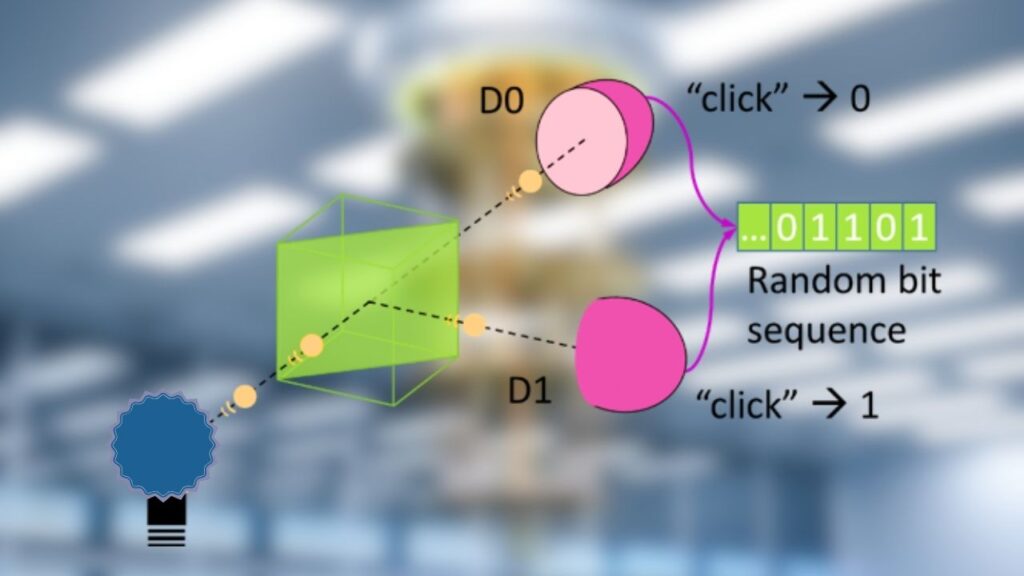
Why Randomness Matters
Random numbers are everywhere in modern life. They secure your online banking, shuffle your favorite songs, decide lottery winners, and even help scientists model the weather. If these numbers aren’t truly random, systems can be hacked, games can be rigged, and research can go wrong.
Traditional methods, like pseudorandom number generators (PRNGs), use math formulas and a starting value called a “seed.” They seem random, but if someone figures out the seed or the formula, they can predict every “random” number that comes next. That’s a big risk for security.
How Does a QRNG Work? Breaking Down the Quantum Magic
The Science: Quantum Mechanics and True Randomness
At the heart of a QRNG is a simple but powerful idea: quantum events are truly unpredictable. In quantum physics, things like the path of a single photon (a tiny particle of light) or the spin of an electron are fundamentally random. Even if you know everything about the system, you can’t predict the outcome. This is different from classical physics, where everything is determined by what came before.
Example: The Photon Beam Splitter
Imagine shining a laser at a special mirror called a beam splitter. Each photon has a 50/50 chance of going one way or the other. Detectors on both sides record which path the photon takes. If it goes left, the QRNG records a “0”; if it goes right, it records a “1.” Repeat this millions of times, and you get a stream of random bits—each one unpredictable, even if you repeat the experiment with the same laser and mirror.
Other Quantum Sources
- Photon Arrival Times: Measuring the exact moment a photon arrives at a detector, which is unpredictable.
- Quantum Tunneling: Observing when a particle “tunnels” through a barrier, an event that happens at random intervals.
- Quantum Superposition: Using qubits (quantum bits) in superposition, where measuring their state gives a random 0 or 1.
The Process: From Quantum Event to Random Number
- Quantum Event Occurs: A photon is emitted, a qubit is measured, or another quantum process happens.
- Detection: Sensitive detectors capture the result (which path, what time, what state).
- Digitization: The outcome is turned into a binary digit (0 or 1).
- Statistical Testing: The stream of bits is checked for any patterns or bias, ensuring true randomness.
- Output: The QRNG delivers a stream of random numbers, ready for use in security, gaming, or science.
Why QRNGs Matter: Real-World Impact and Applications
1. Cybersecurity and Cryptography
The most important use of QRNGs is in encryption. Every time you send a secure message, log in to a website, or make an online payment, random numbers keep your data safe. If hackers can predict these numbers, they can break the code. QRNGs make this impossible, providing the gold standard for cryptographic keys.
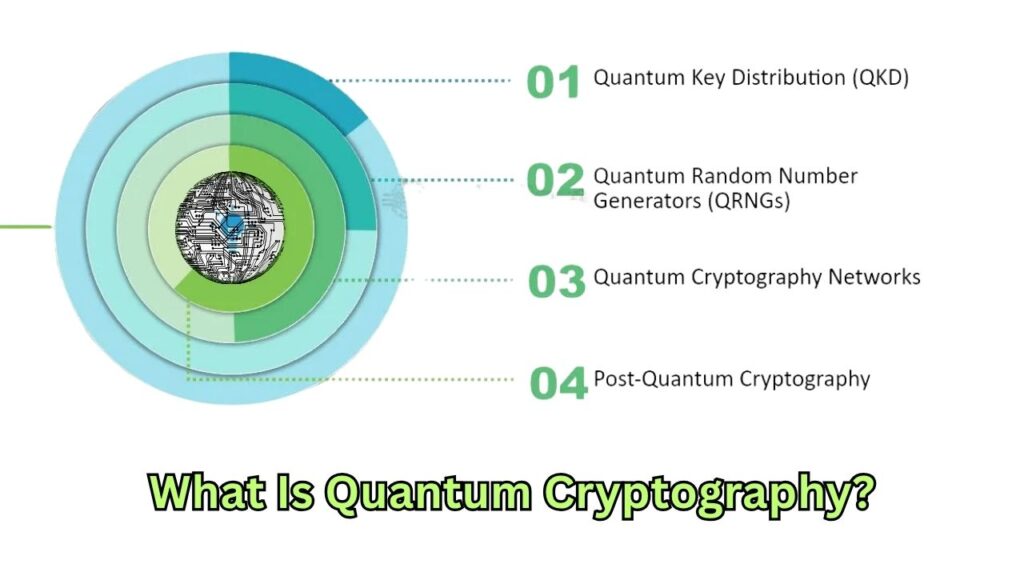
How QRNGs Secure Our Digital Lives
- Key Generation: The strength of encryption depends on the unpredictability of the keys. QRNGs ensure keys are impossible to guess.
- Secure Communications: Governments and financial institutions use QRNGs to protect sensitive data and national secrets.
- Authentication: QRNGs help generate secure tokens for multi-factor authentication, making online fraud much harder.
2. Scientific Simulations and Research
Scientists use random numbers to model everything from the spread of diseases to the behavior of atoms. If the numbers aren’t truly random, the results can be skewed. QRNGs provide the highest-quality randomness, improving the reliability of research and simulations.
Examples in Science
- Climate Modeling: Random numbers help simulate unpredictable weather patterns and climate changes over decades.
- Drug Discovery: Pharmaceutical companies use simulations powered by random numbers to predict how new drugs will behave.
- Physics Experiments: High-energy physics relies on random sampling to analyze massive datasets from particle collisions.
3. Gaming and Lotteries
Fairness is critical in games and lotteries. QRNGs ensure that every roll of the dice or draw of the numbers is completely unpredictable, preventing cheating and building trust with players.
Ensuring Fair Play
- Online Casinos: QRNGs are used to shuffle cards and spin roulette wheels, guaranteeing fair outcomes.
- National Lotteries: Some countries have begun using QRNGs to ensure lottery draws are tamper-proof.
- eSports and Online Competitions: Random seeding and matchups are made more secure and fair with QRNGs.
4. Cloud Computing and the Internet of Things (IoT)
As more devices connect to the internet, the need for secure, random keys grows. QRNGs are being built into hardware and cloud services to protect everything from smart home gadgets to industrial control systems.
Securing the Connected World
- Smart Devices: QRNGs can be embedded in chips to secure everything from smart locks to medical devices.
- Cloud Services: Major cloud providers are exploring QRNG-based encryption to protect data at rest and in transit.
- Industrial Systems: Critical infrastructure, like power grids and water supplies, benefit from QRNG-enhanced security.
Advantages of QRNGs Over Traditional Random Number Generators
| Feature | Classical RNGs (PRNGs/Hardware RNGs) | Quantum RNGs (QRNGs) |
|---|---|---|
| Source | Algorithms or physical noise | Quantum events (e.g., photons) |
| Predictability | Can be predicted if seed or process is known | Fundamentally unpredictable |
| Security | Vulnerable to attack | Provably secure |
| Speed | Fast, but can be limited by hardware | Modern QRNGs: Megabits/second |
| Certification | Sometimes certified | Certified by global agencies |
| Bias/Patterns | Possible | None (if well-designed) |
How to Use a QRNG: Practical Advice
For Developers and Security Professionals
- Integrate QRNG hardware modules into servers or security appliances for key generation.
- Use cloud-based QRNG APIs for applications requiring high-quality randomness.
- Ensure QRNG devices are certified by recognized authorities and meet international standards for randomness and security.
- Regularly audit and test QRNG output to ensure ongoing compliance and performance.
For Businesses and Organizations
- Upgrade legacy systems to use QRNGs for encryption and authentication.
- Choose vendors that offer transparent, auditable QRNG solutions.
- Educate staff and stakeholders about the importance of true randomness in digital security.
- Monitor industry trends as QRNG technology evolves and becomes more widely adopted.
For Curious Learners and Students
- Experiment with quantum programming frameworks (like Qiskit or Microsoft Q#) to simulate QRNGs and learn how quantum randomness works.
- Explore online QRNG services to generate random numbers for games, school projects, or personal use.
- Stay informed about new discoveries in quantum science and technology.
The Future of QRNGs: What Lies Ahead?
Integration into Everyday Devices
As QRNGs become more affordable and compact, they are expected to be integrated into smartphones, laptops, and even wearable devices. This could mean that in the near future, every device you own will have a built-in source of quantum randomness, making your digital life more secure by default.
Quantum-Safe Cryptography
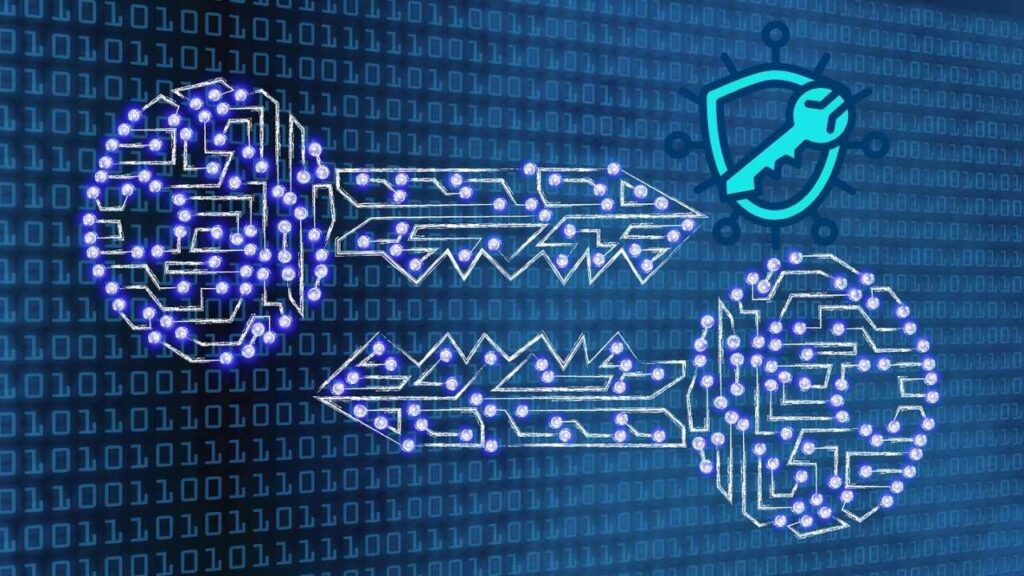
With the rise of quantum computers, traditional encryption methods may become vulnerable. QRNGs are a critical part of the solution, providing the randomness needed for next-generation, quantum-safe encryption algorithms.
National and International Standards
Governments and international bodies are working to establish standards for QRNGs, ensuring that devices meet strict criteria for randomness, security, and reliability. This will help build trust in the technology and encourage wider adoption.
Education and Workforce Development
As QRNGs and quantum technologies become more mainstream, there will be a growing demand for professionals with expertise in quantum physics, engineering, and cybersecurity. Educational institutions are beginning to offer specialized courses and degrees in these fields, preparing the next generation of quantum experts.
Quantum-Enhanced Supercomputers Are Now Doing Real Chemistry—Here’s What It Means
Quantum Scientists Propose New ‘Zeroth Law’ of Entanglement That May Reshape Physics
Quantum Dots Unlock Cleaner, Faster Energy Reactions in Groundbreaking Study
FAQs About Quantum Mechanics Powers World’s Most Random Number Generator
What makes QRNGs truly random?
QRNGs use quantum events, which are fundamentally unpredictable even if you know everything about the system. This is different from classical randomness, which can be predicted if you know the starting conditions.
Are QRNGs faster than traditional RNGs?
Modern QRNGs can generate random numbers at speeds above megabits per second, making them suitable for most high-demand applications.
How secure are QRNGs?
QRNGs are considered the most secure way to generate random numbers. Their output cannot be predicted, reproduced, or reverse-engineered, even by someone who built the device.
Where are QRNGs used today?
QRNGs are used in cybersecurity, scientific research, gaming, cloud computing, and anywhere trust and unpredictability are critical.
Can I access QRNGs online?
Yes, several companies and research institutions offer online QRNG services, allowing users to generate random numbers for free or via API.
How can I be sure a QRNG is really quantum?
Look for certifications from recognized standards bodies and transparent documentation from the manufacturer. Many leading QRNG providers publish detailed technical information and submit their devices for independent testing.
Are QRNGs expensive?
Costs are coming down as the technology matures. While industrial-grade QRNGs are still more expensive than software-based RNGs, prices are expected to drop as production scales up and more devices enter the market.
